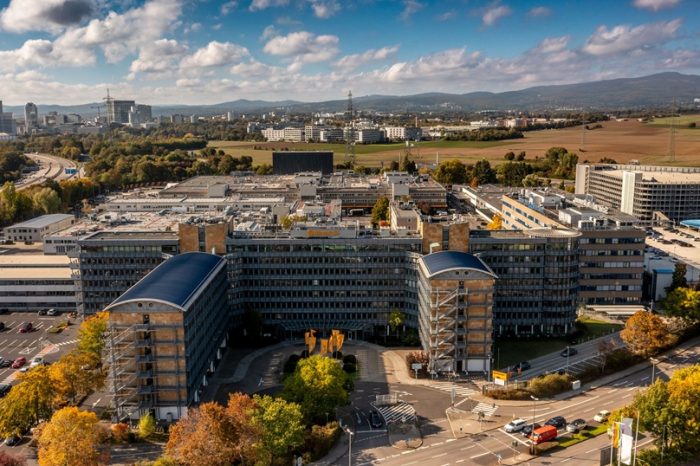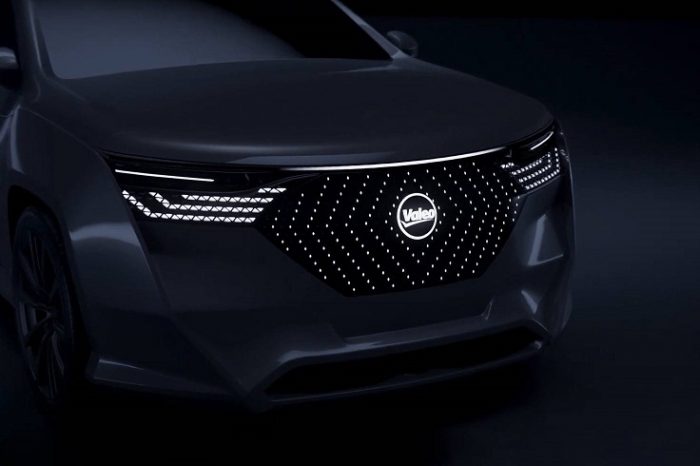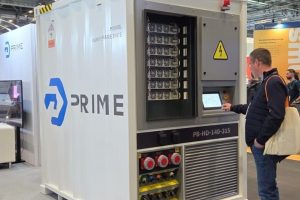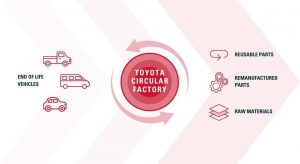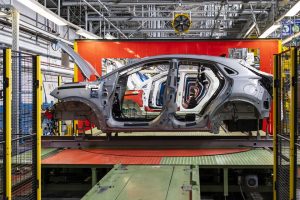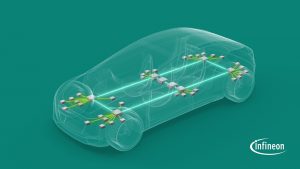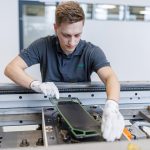Schaeffler develops next-generation bipolar plates for fuel cell drives
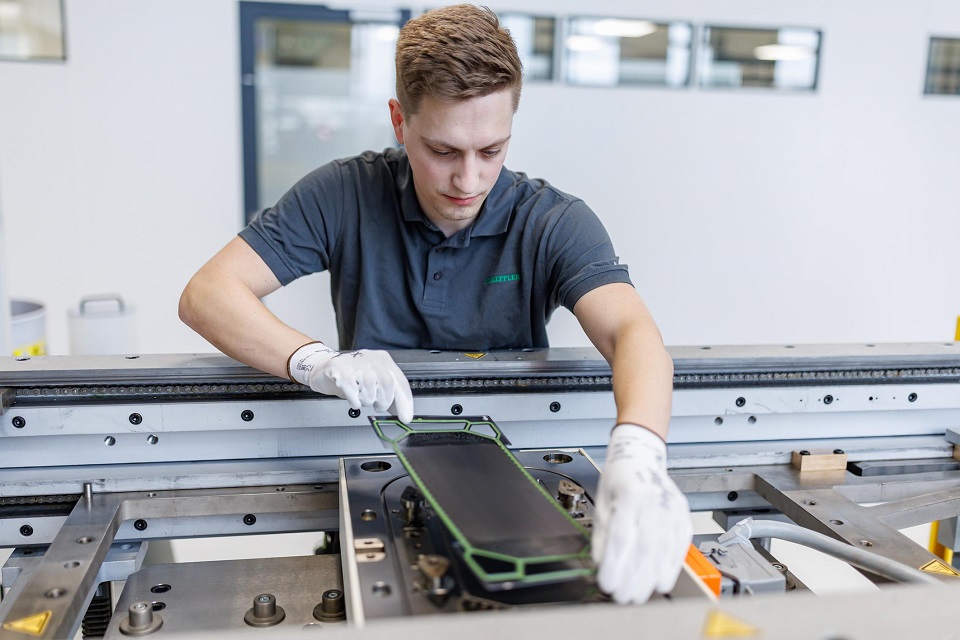
Schaeffler is demonstrating its development capabilities in the field of hydrogen-powered mobility with a new generation of metallic bipolar plates for PEM fuel cells.
The plates developed by Schaeffler feature a new design optimized for large-series production and leverage an innovative coating process for long fuel cell life. Stacks made using the new Schaeffler plates achieve a power density about 20 percent greater than that of stacks made using previous-generation plates, a release shows.
“When it comes to drive systems for commercial vehicles, Schaeffler is also investing in hydrogen, especially for long-haul applications. We are developing both individual components and complete subsystems for fuel cells and are gearing up for their full-scale industrialization,” said Matthias Zink, CEO Automotive Technologies at Schaeffler AG. At a purpose-built pilot production facility in Herzogenaurach, the company is now manufacturing the new plates in runs of up to several tens of thousands of units for use by international vehicle manufacturers in prototype and small-series production. The fully automated facility is part of Schaeffler’s center of excellence for hydrogen, a complex that also includes an extensive array of testing equipment. The facility has been designed so that it can also be used to manufacture large plates of the type used for electrolyzers. Schaeffler is thus ensuring both sustainable motion and the sustainable supply of green hydrogen. Thanks to its systems expertise, Schaeffler is also able to partner with customers to develop customized bipolar plates and components for fuel cell systems. Schaeffler is due to start production of bipolar plates under the name of Innoplate, a joint venture with Symbio, in Haguenau, France, at the start of 2024.


